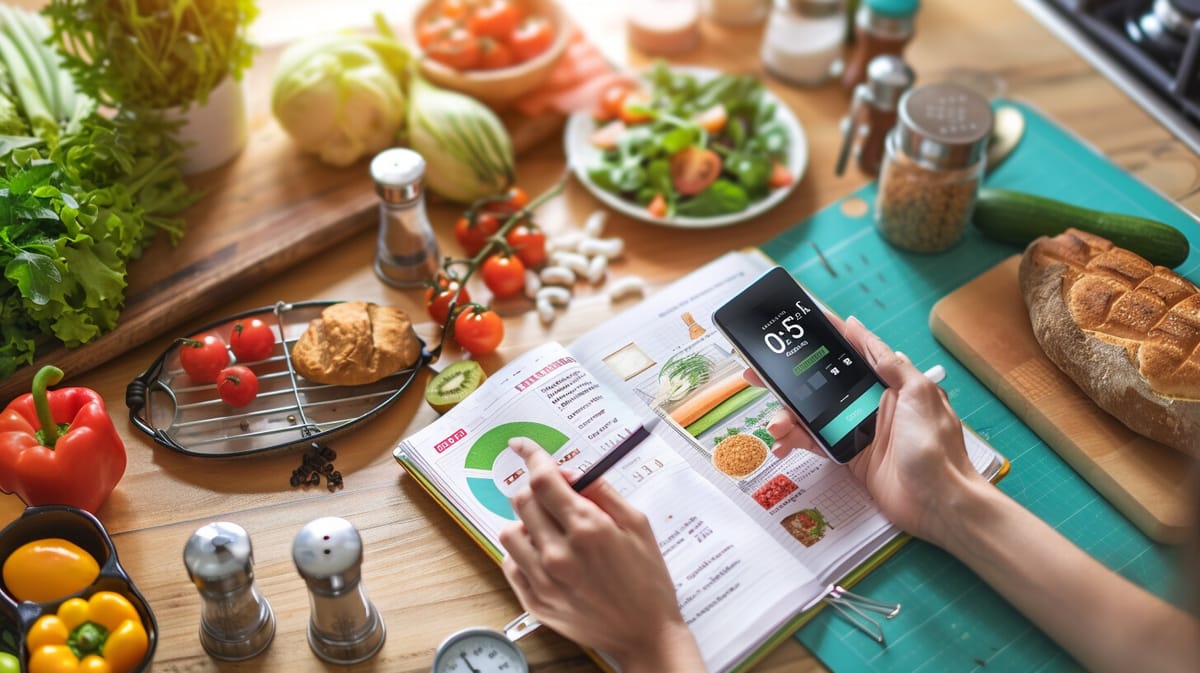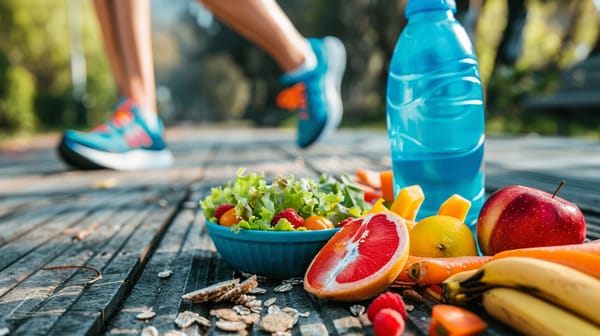Unlock the Power of Food Tracking: Transform Your Diet and Health in Just Minutes a Day

Food logging—a practice that might seem tedious at first—is actually one of the most powerful tools in transforming your dietary habits and, by extension, improving your overall health. This comprehensive guide will navigate through the what, why, and how of food logging, drawing on scientific research and expert advice to showcase its importance in reaching various health goals, from weight management to enhancing nutritional intake.
Why Track Your Food?
Let's start with the basics: why should you bother tracking what you eat? The answer lies in the limitations of human memory and the subtle complexities of our eating behaviors. Studies have consistently shown that most people are notoriously poor at recalling what they have eaten and in what quantities (Broadbent et al., 2008). Furthermore, without concrete data on our eating habits, it's easy to overlook patterns that could be sabotaging our health goals.
Tracking your food intake provides a reliable dataset that can be analyzed to identify these patterns. Whether it involves unintentional overeating, nutritional imbalances, or simply the times of day you find yourself most hungry, data helps in making informed decisions about your diet and lifestyle.
How Effective is Food Logging?
Research suggests that the simple act of recording what you eat can significantly increase the likelihood of weight loss. A study by Kaiser Permanente found that those who kept daily food records lost twice as much weight as those who kept no records (Hollis et al., 2008). It appears that the awareness created through logging encourages better food choices and portion control.
How to Start Food Logging
Step 1: Setting Up Your Food Diary
Decide on a method that suits your lifestyle and preferences. Digital apps, like those embedded in smartphones and devices, are popular because they often come complete with large food databases and the ability to add custom foods and recipes. For a simpler approach, a physical diary or journal works just as effectively.
Step 2: Knowing What to Log
Record everything you eat and drink, no matter how small. Include the type of food, quantity, time of consumption, and context (e.g., feeling before eating). Accuracy is key to useful insights.
Step 3: Analyze Your Log
Regularly review your log to understand your habits—identify what foods provide the most satiety, detect calorie-heavy items, or any reactions to specific foods.
Making Food Logging a Habit
To integrate food logging seamlessly into your routine, consider these tips:
- Pre-log Your Meals: If possible, log your meals before you eat. This can be an effective strategy to avoid overeating.
- Keep It Simple: Start by logging only the most eaten foods. As you get accustomed to the process, you can become more detailed.
- Use Technology: Leverage features like barcode scanners in digital apps to quickly enter information.
- Stay Consistent: Consistency is crucial. The more regular you are with your logs, the better data you'll have to work with.
By turning food logging into a consistent habit, you stand a better chance at making informed, beneficial changes towards a healthier lifestyle. Whether you're looking to lose weight, boost your energy, or just feel better day-to-day, starting a food diary can be your gateway to a deeper understanding of your dietary patterns and their impact on your body and mind.




